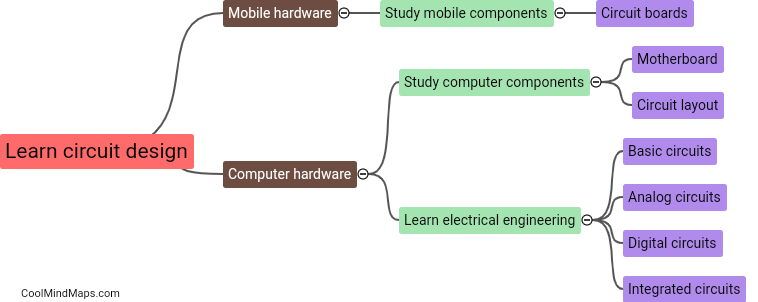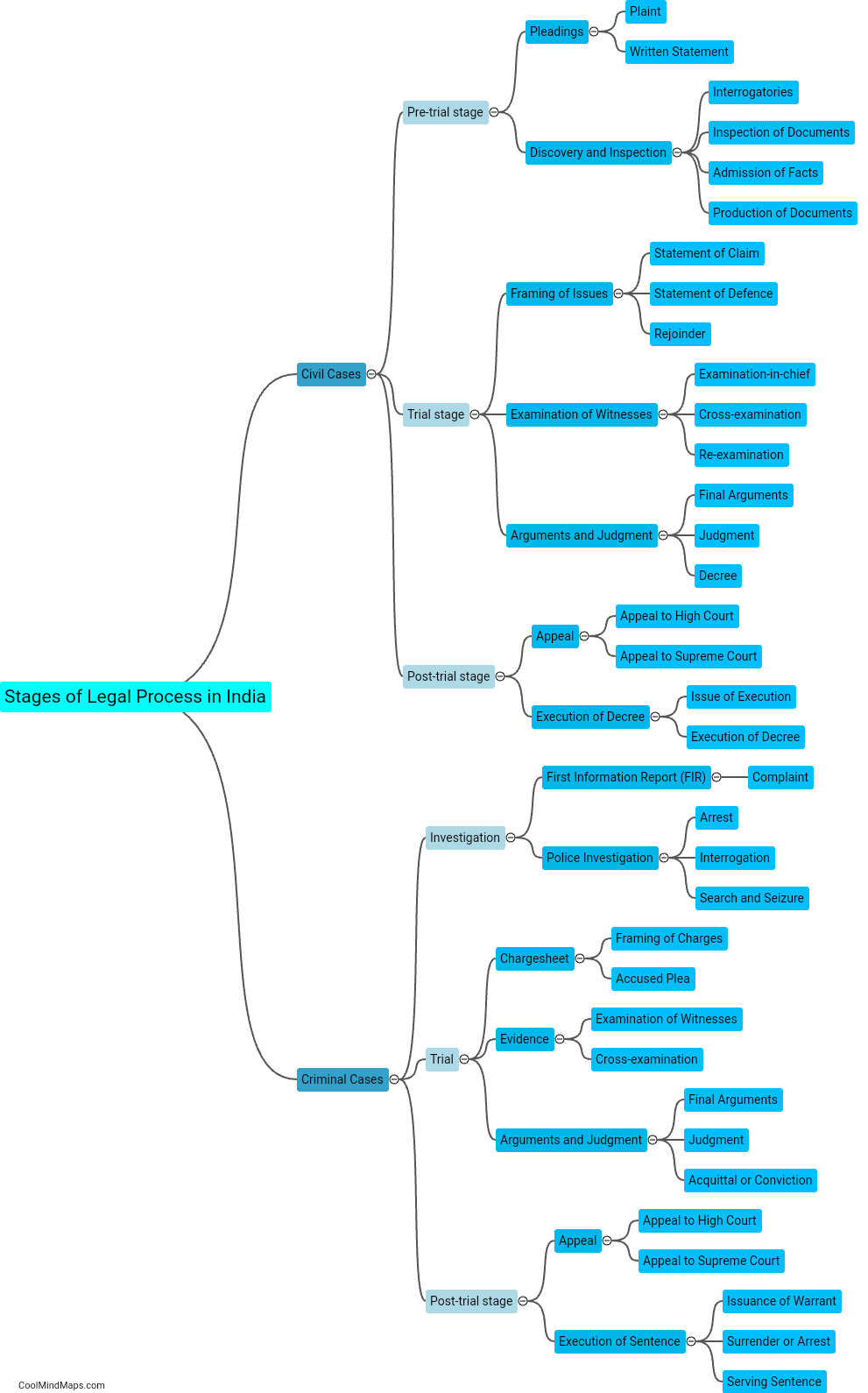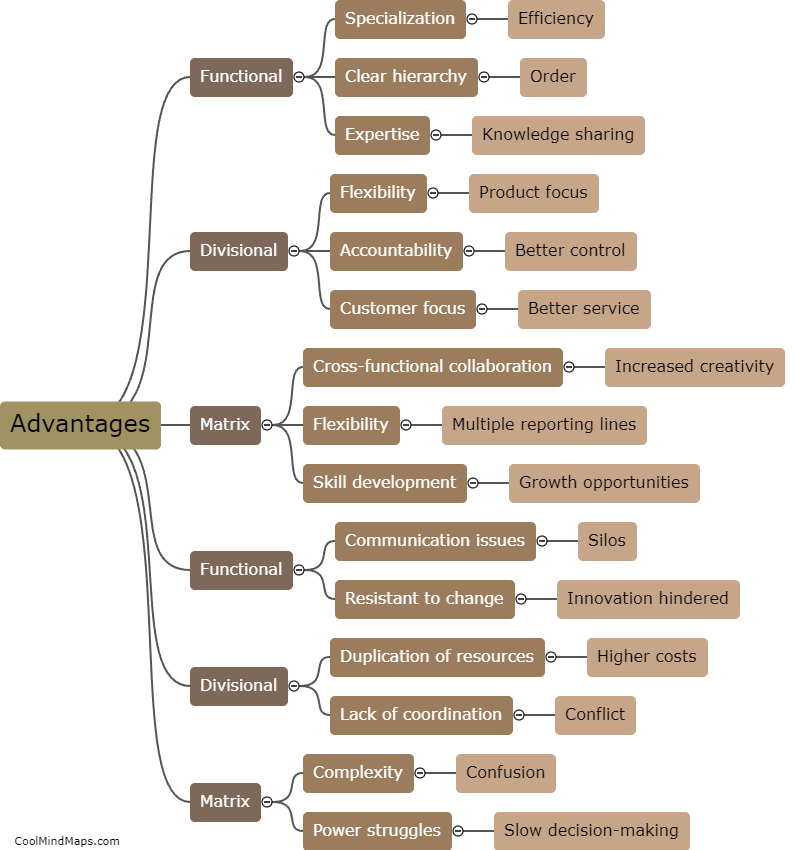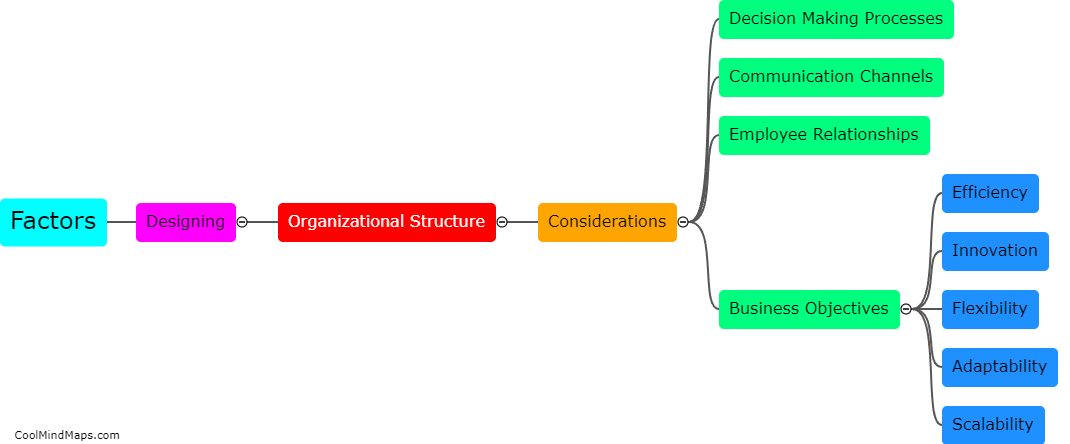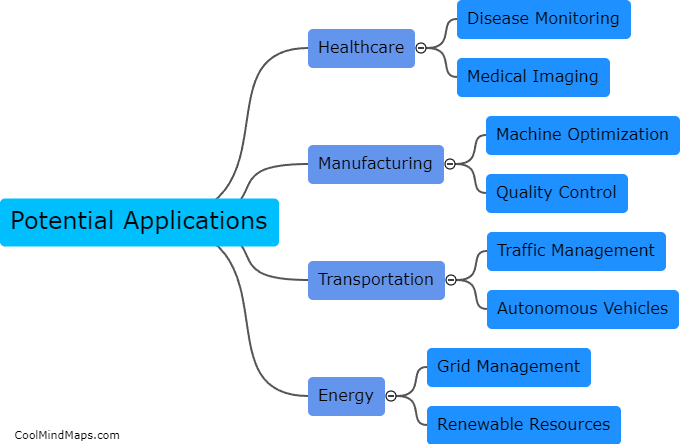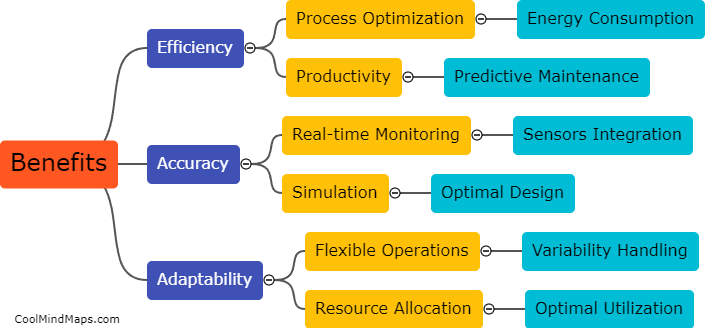How can artificial intelligence improve the predictive capabilities of digital twins?
Artificial intelligence (AI) has the potential to revolutionize the predictive capabilities of digital twins, which are virtual representations of real-world assets or systems. By integrating AI algorithms, digital twins can gather and analyze vast amounts of complex data in real-time, enabling them to provide more accurate predictions about the behavior, performance, and maintenance requirements of their physical counterparts. AI algorithms can automatically detect patterns, anomalies, and correlations in the data, uncovering insights that may not be evident to human operators. This can lead to better understanding and anticipation of potential problems or failures, allowing proactive measures to be taken to prevent downtime and optimize performance. Furthermore, AI can continuously learn and improve its predictive capabilities over time by feeding feedback from real-world performance data back into the digital twin, enabling it to adapt and become more accurate as new information is obtained. Overall, the integration of AI into digital twins has the potential to enhance decision-making, optimize operations, and drive significant efficiencies across various industries.

This mind map was published on 26 October 2023 and has been viewed 107 times.


